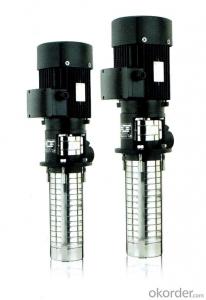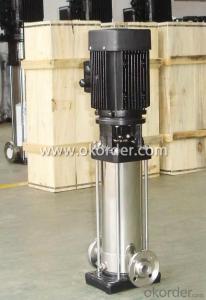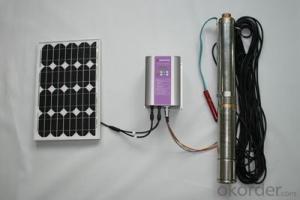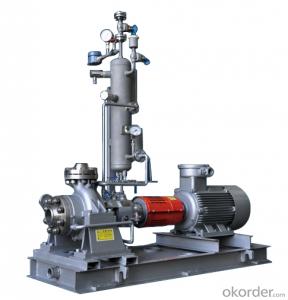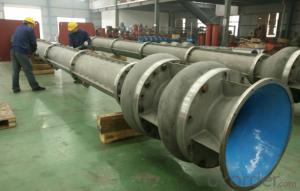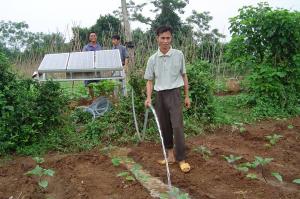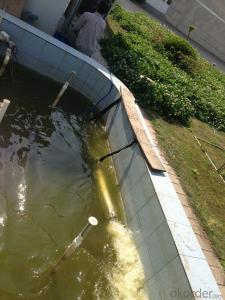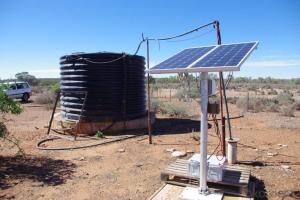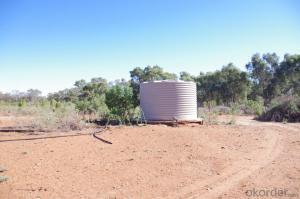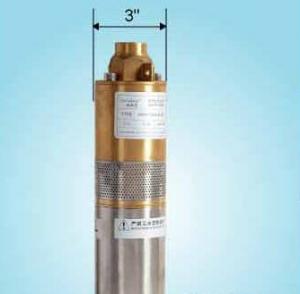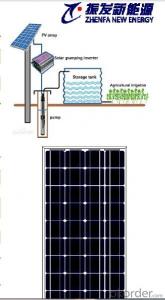Jntech Solar Pump Inverter
Jntech Solar Pump Inverter Related Searches
Best Stainless Steel For Knives Wd 40 For Stainless Steel Hole Saw For Stainless Steel Paint For Stainless Steel Stainless Steel For Bbq Step Bit For Stainless Steel Sponge For Stainless Steel Coatings For Stainless Steel Caulking For Stainless Steel Stainless Steel Box With LidHot Searches
Solar Hot Water Collectors For Sale 8 Inch Water Pump For Sale Solar Inverter For Split Ac Solar Inverter With Ac Outlet 1 Hp Solar Water Pump Price Jain Solar Water Pump Price Kirloskar Solar Water Pump Price Aluminum Ac Coil Scrap Price China Solar Ac Module Solar Pump Inverter Price Lorentz Solar Water Pumps Price Price Of Water Cooler Evacuated Tube Solar Collectors Price Lorentz Solar Pumps Price Cost Of Evacuated Tube Solar Collectors Buy Hot Water Bag Fish Tank Air Pump Price Aquarium Air Pump Price Air Pump Price Chlorine Dosing Pump PriceJntech Solar Pump Inverter Supplier & Manufacturer from China
Okorder.com is a professional Jntech Solar Pump Inverter supplier & manufacturer, offers integrated one-stop services including real-time quoting and online cargo tracking. We are funded by CNBM Group, a Fortune 500 enterprise and the largest Jntech Solar Pump Inverter firm in China.Hot Products
FAQ
- Yes, a solar pump can be used in areas with high water tables. Solar pumps are designed to function in various water sources, including areas with high water tables. They are capable of effectively extracting water from shallow depths, making them suitable for such locations.
- Solar pumps handle fluctuations in water demand by adjusting their speed and output according to the varying demand. They are equipped with intelligent controllers that monitor the water flow and pressure, allowing them to automatically increase or decrease their output as needed. This flexibility ensures that the pump can efficiently meet the changing water demand while maintaining stable water pressure and flow rate.
- The efficiency of a solar pump can change over time due to various factors. Initially, when a solar pump is new and properly maintained, it operates at its highest efficiency. However, over time, the efficiency of the pump may gradually decrease. One factor affecting the efficiency of a solar pump is the degradation of the solar panels. Solar panels are exposed to the elements and can suffer from wear and tear over time. Dust, dirt, and other environmental factors can accumulate on the panels, reducing their ability to absorb sunlight effectively. Additionally, the efficiency of solar panels can decline as they age, leading to lower power output. Another factor that can impact the efficiency of a solar pump is the degradation of the pump's motor and other mechanical components. Like any mechanical system, a solar pump is subject to wear and tear. Over time, the bearings may wear out, the seals may deteriorate, and the overall performance may decline. This can result in reduced pumping capacity and overall efficiency. Furthermore, the performance of the solar pump can be affected by changes in the surrounding environment. For instance, if nearby trees or structures grow taller, they may cast shadows on the solar panels, reducing their exposure to sunlight. Similarly, changes in water levels or quality can affect the pump's efficiency. If the water source becomes contaminated or the water table drops, the pump may have to work harder to maintain the desired flow rate, decreasing its efficiency. To maintain or improve the efficiency of a solar pump over time, regular maintenance and monitoring are crucial. Cleaning the solar panels, inspecting and replacing worn-out components, and ensuring proper alignment with the sun are essential maintenance practices. Moreover, staying updated with the latest technological advancements can help in upgrading and optimizing the pump's efficiency. Overall, the efficiency of a solar pump can change over time due to factors such as solar panel degradation, mechanical wear and tear, changes in the environment, and aging components. To ensure optimal performance, regular maintenance, and monitoring are necessary.
- Certainly, water supply in off-grid tiny homes can indeed be achieved using a solar pump. Solar pumps prove to be an optimal solution for off-grid water supply due to their ability to operate solely on solar power, eliminating the need for a connection to the electrical grid. They are not only cost-effective but also environmentally friendly, making them an excellent choice for various water applications such as drinking, washing, and irrigation. Functioning by harnessing the power of photovoltaic panels to convert sunlight into electricity, solar pumps draw water from wells or other water sources. The amount of water that can be pumped depends on factors such as the size and capacity of the solar pump, as well as the availability of sunlight. However, with proper sizing and placement of the solar panels, a solar pump can adequately meet the water needs of a tiny home. One of the advantages of utilizing a solar pump is that it eliminates the reliance on traditional energy sources like electricity or fuel, leading to reduced ongoing costs and a decreased dependence on non-renewable resources. Moreover, solar pumps require minimal maintenance and have a long lifespan, making them a practical and sustainable choice for off-grid living. To ensure the solar pump system meets the specific water requirements of a tiny home, proper design and installation are crucial. Factors such as water demand, well depth, and solar panel capacity should be carefully considered during the planning and installation process. Seeking guidance from a professional or a knowledgeable solar pump supplier can assist in determining the most suitable system for the water supply needs of an off-grid tiny home. Ultimately, a solar pump provides a viable and efficient option for water supply in off-grid tiny homes, offering a reliable and sustainable source of water without relying on the electrical grid or traditional energy sources.
- Yes, a solar pump can certainly be used for water supply in off-grid cabins or cottages. Solar pumps are specifically designed to operate using solar energy, making them ideal for remote locations that may not have access to electricity. These pumps use photovoltaic panels to convert sunlight into electricity, which powers the pump to draw water from a well, borehole, or other water sources. They are highly efficient, reliable, and require minimal maintenance. By using a solar pump, off-grid cabins or cottages can have a sustainable and self-sufficient water supply system, reducing the reliance on traditional power sources.
- Yes, solar pumps can be used in areas with high temperatures. In fact, solar pumps are designed to operate efficiently even in high-temperature environments. The technology used in solar pumps is resilient and can withstand extreme temperatures, making them suitable for use in hot climates.
- The maximum elevation a solar pump can pump water to will depend on various factors such as the power and efficiency of the solar panel, the capacity and pressure of the pump, as well as the distance and elevation between the water source and the desired destination. In general, solar pumps are capable of pumping water to elevations ranging from a few meters to several hundred meters. However, it is important to note that as the elevation increases, the pumping capacity of the solar pump may decrease due to the effects of gravity and friction in the pumping system. Additionally, the efficiency of the solar panel may also be affected by factors such as shading, orientation, and weather conditions, which can further impact the maximum elevation the pump can reach. To determine the specific maximum elevation a solar pump can achieve, it is recommended to consult the manufacturer's specifications and guidelines for the particular solar pump model being used. Additionally, seeking advice from a professional or a solar pump expert can help in accurately assessing the maximum elevation capabilities based on the specific requirements and conditions of the pumping system.
- A solar pump handles water level fluctuations in wells or boreholes by using sensors and controls to adjust its operation based on the water level. When the water level drops below a certain threshold, the pump slows down or shuts off to prevent dry running and potential damage. Once the water level rises to a safe level, the pump resumes its normal operation. This intelligent system ensures efficient and reliable water pumping while protecting the pump and the well or borehole from harm.





